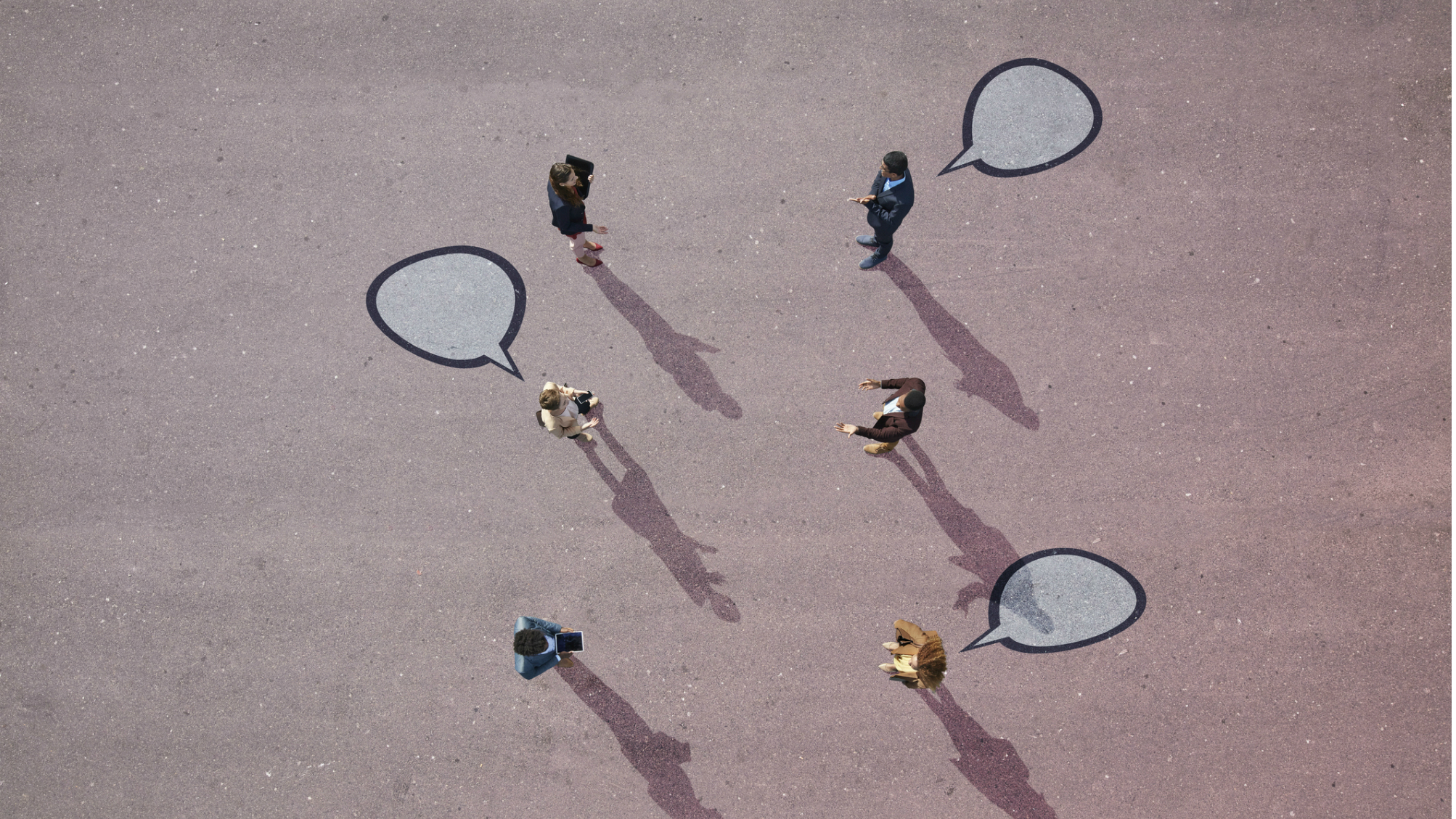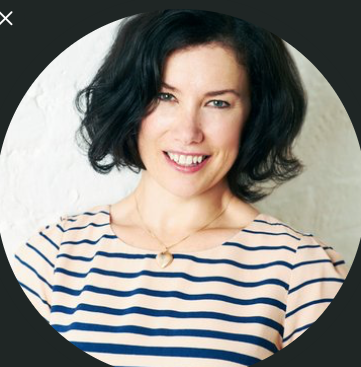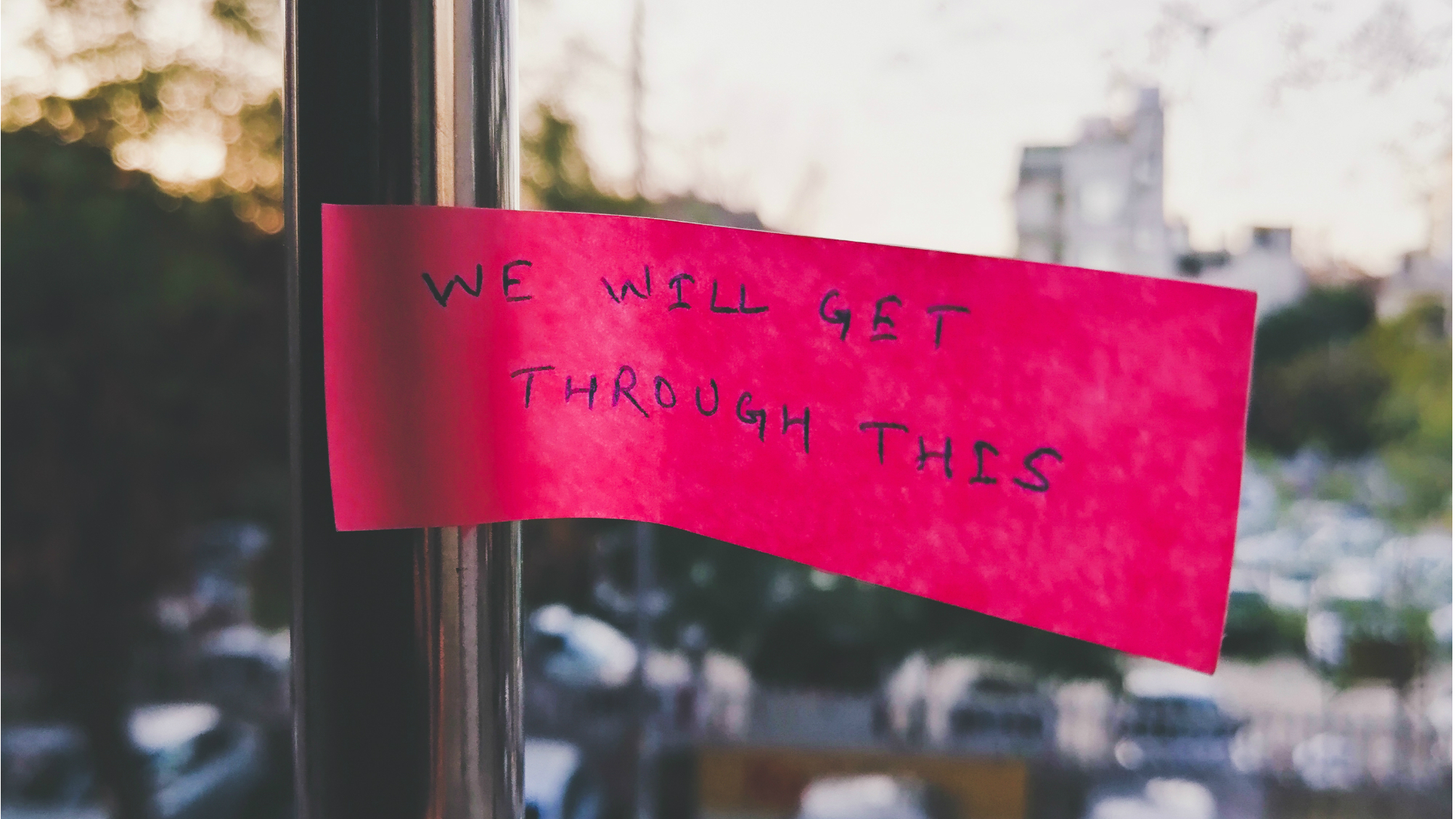Know friends who have stopped social distancing? Here’s how to talk to them
The UK's most senior medic has warned social distancing is here to stay until at least the end of year. So how do you make (selfish) loved ones realise they're national health hazards? With these expert tips on the art of persuasion


The UK's most senior medic has warned social distancing is here to stay until at least the end of year. So how do you make (selfish) loved ones realise they're national health hazards? With these expert tips on the art of persuasion
We're over a month into lockdown, and I get it, the sun's actually sticking around for longer than five minutes and well, we're over Tiger King now and people are b-o-r-e-d.
But here's the headline news, according to the government's chief medical officer, Prof Chris Whitty, social distancing will be needed until at least the end of the year to prevent fresh outbreaks of coronavirus even though the UK has reached the peak of the current epidemic. 'We have to be very realistic,' Whitty said last week. 'If people are hoping it’s suddenly going to move from where we are in lockdown to where suddenly into everything is gone, that is a wholly unrealistic expectation.'
The nation's most senior medic said it was important to be realistic that 'highly disruptive' social distancing would need to be in place for 'really quite a long period of time'.
So do you know someone already playing fast and loose with the two-metre, social distancing rule? Got parents still behaving like ostriches with their heads buried in the sand still insisting that having people round for a coffee or chat is not a threat to the nation's public health? About to lose your mind over neighbours throwing lockdown garden parties in the sunshine?
But don't even think about sharing some of the scariest statistics out there, they will backfire. Even though it might be tempting to tell them that they are beyond selfish and putting others at risk, even if they themselves are likely to be fine, don't.
Why? Because, according to Lee Carter, author of Persuasion: Convincing Others When Facts Don’t Seem to Matter, using shame, anxiety, or guilt to change someone's mind is proven not to work. Carter is also the president and partner of Maslansky & Partners, a language strategy firm based on the idea that 'it’s not what you say, it’s what they hear'.
Marie Claire Newsletter
Celebrity news, beauty, fashion advice, and fascinating features, delivered straight to your inbox!
'Don't be discouraged, there is a reason people behave this way, and it’s all because of something called optimism bias,' Carter says. 'Basically, optimism bias boils down to the fact that people have a tendency to underestimate personal risk.' AKA, what your friends and family members are doing is being perfectly human.
'The good news is there are a few things that you can do to get someone to change their mind and stay home, and it starts with one simple skill: empathy.' advises Carter. If you want to have more productive conversations - and actually convince people to stay home - here are Carter's expert tips on the art of persuasion.
Practice active empathy
Instead of starting with what you want to say, start with where they are coming from. Before you even open your mouth, ask yourself three questions.
1. Why do they feel the way they feel? 2. Why do they believe what they believe? 3. Why are they doing what they are doing?
From there, try to use statements that let them know you understand where they are coming from, and you’ll have a much easier time getting them to engage. A simple example? Say something such as, 'I had the same reaction before I knew it was a problem, but it didn't seem like anything I had to worry about until someone I know tested positive. And then everything for me changed.'
Remember humans are not rational beings
Facts alone will not set you free. Statistics in this case are very important. However, relying on statistics alone will not work. That's because as much as we would like to think that humans are rational beings, we aren't. The sooner you acknowledge that, the better.

3. The language you use matters
Be positive, proactive, and purposeful with your message. Think about the difference between saying, ‘I am safe at home’ versus ‘I am stuck at home,’ or ‘I am quarantining’ versus ‘I am protecting life.’
One is reactive and scary. The other is proactive and encouraging. Encourage your friends to protect each other rather than prevent the spread. Protection is active. Prevention is passive.
4. Focus less on how the virus affects a person and more on how people affect a person
Don't focus on the symptoms, focus on the actions that lead to positive or negative impact on a community or on infrastructure. Many people are still talking about how this is similar (or not) to the flu, and that’s a dangerous comparison.
This is a novel virus and testing access varies and we don’t know everything there is to know. What we do know, based on evidence coming out of Iceland's recent population study, is that for every two people who have the virus, one person shows symptoms and one person shows none at all - but can still pass the virus to others.
So rather than trying to compare the symptoms themselves (how it's similar or not to the flu, or how bad you think it is or isn’t), talk about how people's actions can directly impact their neighbours and their communities.
5. Use stories to bring it to life
There are stories of the illness, economic impact, and more. Share these stories. Share the stories of someone you know (your friend, your family member, or a friend's family member) who has been sick, and how the reality feels being so close to home. Share stories of family members and friends who are economically impacted. I have a brother with a small business who has no work right now. A neighbour of mine has lost her job. The more we do right now to stay home and stop the spread, the faster things can go back to normal.
One thing I know for sure, we are in this together. And we will get out of this together. In the meantime, if you want to recruit people to be on the stay-at-home team, operate with empathy, open heartedness, and kindness.
Maria Coole is a contributing editor on Marie Claire.
Hello Marie Claire readers – you have reached your daily destination. I really hope you’re enjoying our reads and I'm very interested to know what you shared, liked and didn’t like (gah, it happens) by emailing me at: maria.coole@freelance.ti-media.com
But if you fancy finding out who you’re venting to then let me tell you I’m the one on the team that remembers the Spice Girls the first time round. I confidently predicted they’d be a one-hit wonder in the pages of Bliss magazine where I was deputy editor through the second half of the 90s. Having soundly killed any career ambitions in music journalism I’ve managed to keep myself in glow-boosting moisturisers and theatre tickets with a centuries-spanning career in journalism.
Yes, predating t’internet, when 'I’ll fax you' was grunted down a phone with a cord attached to it; when Glastonbury was still accessible by casually going under or over a flimsy fence; when gatecrashing a Foo Fighters aftershow party was easy-peasy-lemon-squeezy and tapping Dave Grohl on the shoulder was... oh sorry I like to ramble.
Originally born and bred in that there Welsh seaside town kindly given a new lease of life by Gavin & Stacey, I started out as a junior writer for the Girl Guides and eventually earned enough Brownie points to move on and have a blast as deputy editor of Bliss, New Woman and editor of People newspaper magazine. I was on the launch team of Look in 2007 - where I stuck around as deputy editor and acting editor for almost ten years - shaping a magazine and website at the forefront of body positivity, mental wellbeing and empowering features. More recently, I’ve been Closer executive editor, assistant editor at the Financial Times’s How To Spend It (yes thanks, no probs with that life skill) and now I’m making my inner fangirl’s dream come true by working on this agenda-setting brand, the one that inspired me to become a journalist when Marie Claire launched back in 1988.
I’m a theatre addict, lover of Marvel franchises, most hard cheeses, all types of trees, half-price Itsu, cats, Dr Who, cherry tomatoes, Curly-Wurly, cats, blueberries, cats, boiled eggs, cats, maxi dresses, cats, Adidas shelltops, cats and their kittens. I’ve never knowingly operated any household white goods and once served Ripples as a main course. And finally, always remember what the late great Nora Ephron said, ‘Everything is copy.’